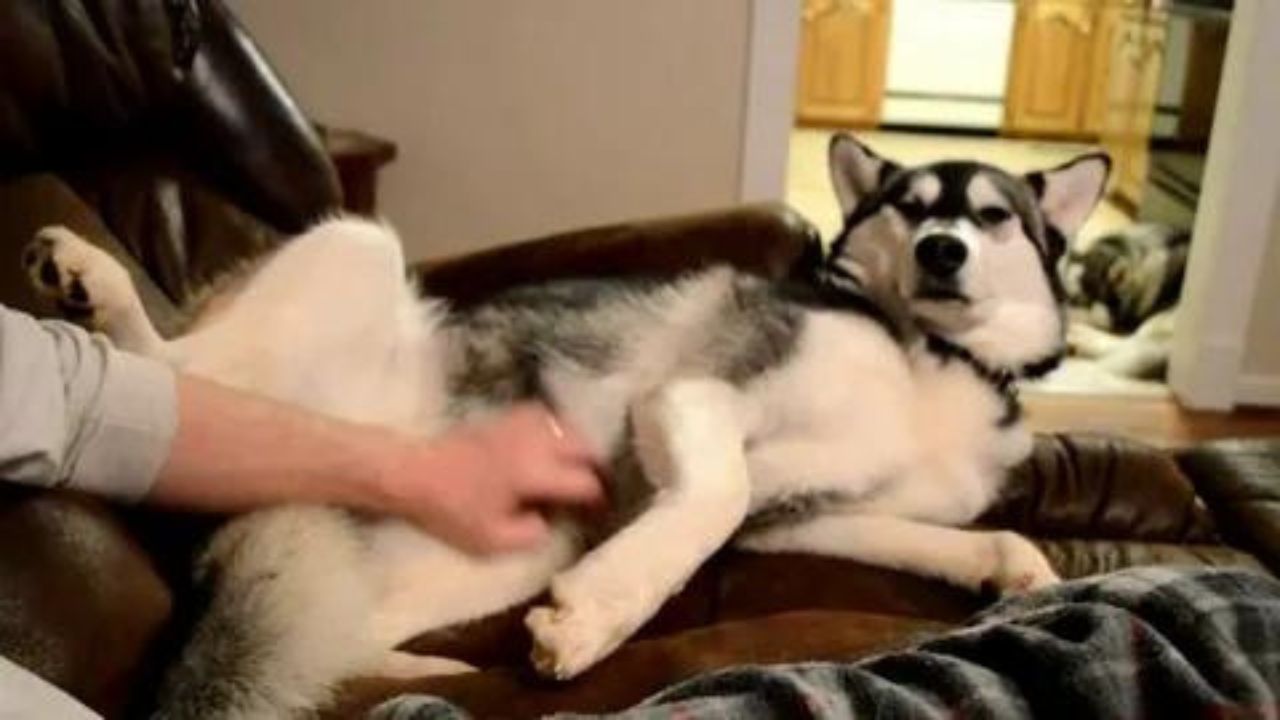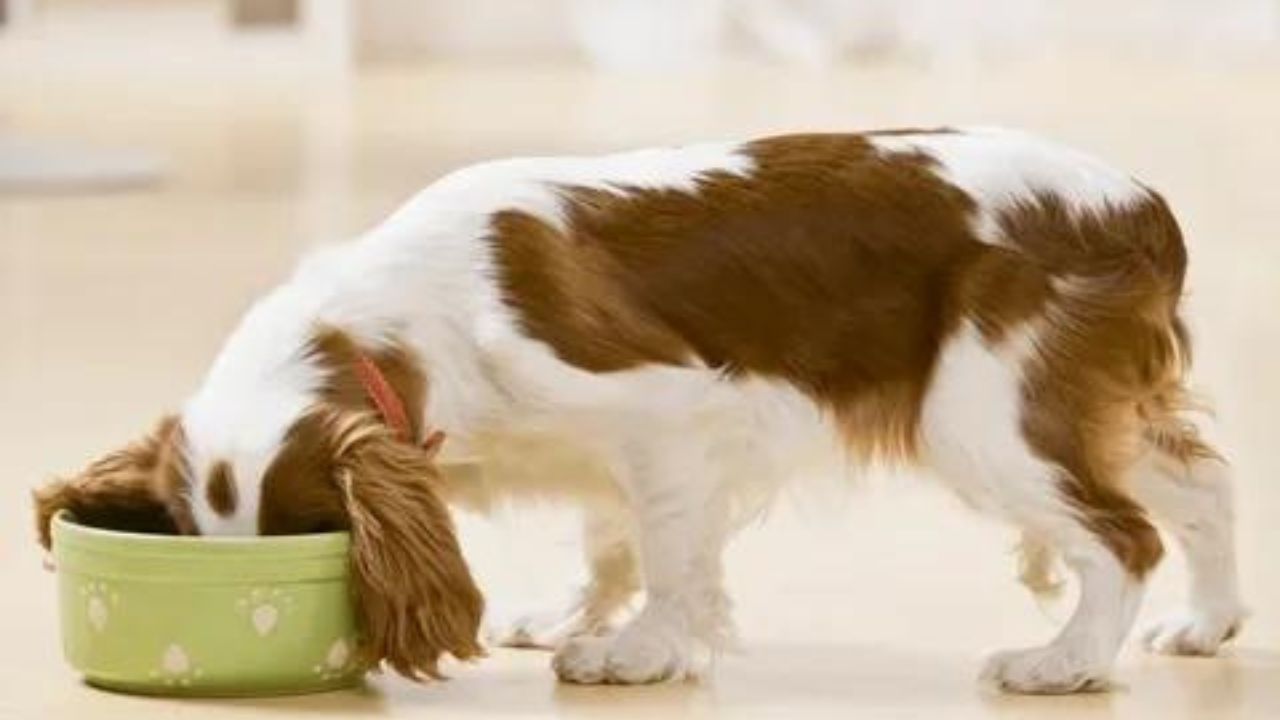
The estrous cycle, sometimes referred to as being “in heat,” is a crucial part of a female dog’s reproductive cycle. For people who are interested in ethical breeding methods, this natural biological process has a big impact on a female dog’s general health and well-being and influences breeding decisions. We will go into the details of the canine estrous cycle in this extensive guide, providing insight into the timing of female dogs’ heat cycles and what to anticipate during this time.
Age of First Heat
Different dogs and breeds have different ages when it comes to the commencement of puberty, or estrus, which is also known as a female dog’s first heat. Puberty typically occurs earlier in tiny and toy breeds than in bigger breeds. Larger breeds might not encounter their first heat cycle until they are 12 to 24 months old, but smaller breeds might as early as six months.
Genetics, diet, and general health all have an impact on the age of the first heat. The timely commencement of the estrous cycle can be attributed to healthy living and proper nourishment. Certain breeds, especially the smaller ones, may reach reproductive age as early as four months, however, ethical pet ownership must hold off on breeding until the dog reaches mental and physical maturity.
Phases of A Dog’s Heat Cycle
The heat cycle of a female dog, scientifically known as the estrous cycle, unfolds in distinct phases, each playing a crucial role in her reproductive process.
The cycle typically encompasses four stages:
Proestrus
After initiating the cycle, proestrus lasts for about 9 days, during which the dog’s behavior changes. Signs include a swollen vulva and a bloody discharge, although she is not yet receptive to mating.
Estrus
This is the fertile period, lasting approximately 9 days but potentially extending up to 21 days. The female dog becomes receptive to mating, with a softer vulva and a more welcoming demeanor towards male dogs.
Diestrus
Following estrus, diestrus involves either pregnancy or a pseudo-pregnancy. This stage lasts around 60 days and includes physiological changes if mating occurs, or behavioral changes if it doesn’t.
Anestrus
The final phase, anestrus, is a resting period that can span several months, during which the reproductive system is inactive.
What Are The Signs Of Astrus In Dogs
Knowing when their dog is in estrus, sometimes known as being “in heat,” is crucial for responsible management of their dog’s reproductive cycle. This fertile period of the estrous cycle, which happens in female dogs approximately every six to eight months, is characterized by some observable behavioral and physical changes.
Swollen Vulva
An enlarged vulva is one of the first indications of estrus. This observable expansion is a phase of prospective mating preparation.
Bloody Discharge
A bloody flow that can range in hue from pale pink to bright crimson is a definite sign of estrus. The loss of the uterine lining is the cause of this discharge.
Increased Urination
When in estrus, female dogs may urinate a lot and leave smell trails to draw in possible partners.
Changes In Behavior
Estrus is often accompanied by behavioral changes, such as increased gregariousness, restlessness, and interest in male dogs. Certain ladies could proactively search for possible partners.
“Flagging” Tail
A raised or “flagging” tail indicates a dog that is open to mating, and tail posture may reveal a lot about a dog’s personality.
How Often Will My Dog Go Into Heat
Every six months on average, female dogs go into heat. However, this can change, particularly in the beginning, so monitoring it is a good idea. For certain dogs, developing regular cycles might take up to 18–24 months.
It is common for little dogs to go into heat up to three or four times a year. Some particularly big breeds, such as St. Bernards and Great Danes, may only come into heat once a year.
Three weeks is the typical duration of the estrus cycle; however, this might range from two to four weeks.
It starts with vaginal discharge and vulva puffiness, and it stops when there is no more bleeding. A female can consent to a man mounting her at any point in the cycle; however, most actively seek out mounting later in the cycle.
Throughout her life, your dog will go into heat, but as she ages, the intervals between estrus will become longer. With practice, dog owners may better identify the beginning of this normal life cycle and provide their pets with the care they need.
What To Do When Your Dog Is In Heat
It’s critical to provide your female dog the attention she needs when she enters the heat cycle to protect her health and well-being and to carefully handle the reproductive parts.
Here’s a guide on what to do when your dog is in heat:
Keep Her Indoors
Keep your dog indoors during the whole heat cycle to avoid undesired mating. This lessens any possible tension and guarantees her safety.
Use Doggie Diapers
Use dog diapers to control the bloody discharge that comes with being in estrus. These stop the dog from licking your house excessively and also keep it clean.
Supervise Outdoor Activities
Make sure you keep a tight eye on your dog when you take her outdoors for walks or restroom breaks to prevent confrontations with other male canines. Unwanted pregnancies may result from unplanned mating.
Provide Comfortable Resting Areas
Provide your dog with a serene and cozy area to relax in during this sometimes anxious period. Make sure her surroundings are safe and peaceful.
Monitor For Discomfort
Certain dogs may feel some slight pain or discomfort while going through their heat cycle. See your veterinarian for advice on pain treatment if you see any indications of suffering.
Consider Spaying
Consider spaying your dog if you don’t want to breed her. The surgical process of spaying breaks the heat cycle and stops future conceptions.
How Do Male Dogs Know If A Female Dog Is In Heat
Male canines are remarkably good at using their keen senses to determine when a female dog is in heat. They achieve this mainly by using their strong sense of smell and increased pheromone sensitivity. Pheromones are particular chemical signals released by female dogs when they approach the estrus period, indicating that they are ready for reproduction. Because of their highly sensitive olfactory sensors, male dogs can detect these pheromones at long distances.
The aroma of the female dog’s pheromones intensifies throughout her heat cycle, serving as a biological signal to inform males of her reproductive state. Male dogs can detect and find a female in heat thanks to their enhanced olfactory communication, which frequently results in behavioral and temperamental changes.
Conclusion
Recognizing the signs of estrus, including a swollen vulva, bloody discharge, increased urination, changes in behavior, and a “flagging” tail, allows owners to provide appropriate care and prevent unwanted pregnancies if necessary. Additionally, the age of a dog’s first heart varies based on factors like size, genetics, and overall health.
FAQ
At What Age Do Female Dogs Typically Go Into Heat For The First Time?
The age at which a female dog experiences her first heat varies, but it generally occurs between six months and two years of age. Smaller breeds tend to reach puberty earlier than larger breeds.
How Often Do Female Dogs Go Into Heat?
Female dogs typically go into heat every six to eight months, but the frequency can vary based on factors like breed, size, and individual differences.
Can I Prevent My Dog From Going Into Heat?
Spaying is an effective way to prevent a female dog from going into heat. Consult with a veterinarian to discuss the appropriate timing for spaying based on your dog’s breed and health.
Can a Female Dog Get Pregnant During Her First Heat Cycle?
Yes, a female dog can get pregnant during her first heat cycle. It’s crucial to closely monitor and prevent unwanted mating if breeding is not intended.
Can a Female Dog Go Into Heat While Pregnant?
No, a female dog cannot go into heat while pregnant. The estrous cycle pauses during pregnancy.
Are There Health Risks Associated With a Dog Going Into Heat?
While the heat cycle itself is a normal biological process, there are potential health risks if the dog becomes pregnant unintentionally. Spaying can mitigate these risks.






